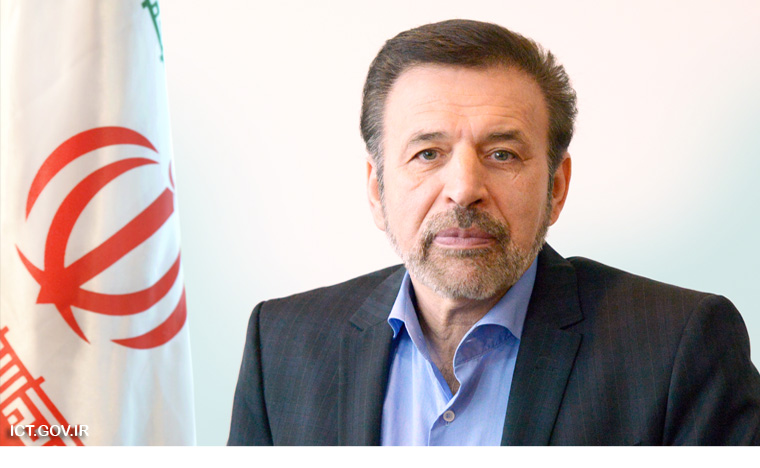 World Business and Economic Analysis
World Business and Economic Analysis
 World Business and Economic Analysis
World Business and Economic Analysis

Big winners of Iran’s e-commerce boom in the past few years have made their brands household names. However, according to data released in January, these brands may have hit their peak.
Now according to Alexa Analytics service rankings, the top three online shopping portals are DigiKala.com (#3), Divar.ir (#12), Bamilo (#17) respectively.
The two stores and one private-listings site have ranked roughly in the same slot for the past few years. Does that mean the industry has peaked?
A glance at the past six months of views and comments about the sites, one pattern is glaringly obvious -- growth has petered out.
The first website digikala.com, which has claimed on several occasions to be the most popular online shop in Iran, saw a slight dip in views recently according to another analytics firm Similar Web.
In August 2016, DigiKala had some 15.2 million views, while in January 2017 the portal had 13.7 million hits which is 9% drop through the period.
The leveling out of DigiKala’s numbers comes despite the company’s push to expand the range of products and services; for instance expanding their ranges to include home furnishings and even brand new cars. Like Amazon in the US, DigiKala aims to become the one-stop-shop for all purchases – beyond its original digital consumer goods role, however, the Iranian market has not yet responded in the same manner.
Meanwhile, the second most visited e-commerce portal bamilo.com – backed by Germany’s Rocket Internet group has seen an improvement over the same six month period.
That site had 4 million views in August 2016, whereas in January 2017 it saw 4.3 million visits meaning a 6-month growth of 7.4%. Bamilo’s management has used several tactics to grow their market share against DigiKala in recent months including large advertising campaigns in collaboration with MTN-Irancell (which is a part owner of the parent company) to push their products on that mobile operator.
The next most visited shopping site is divar.ir, a site dedicated to selling new and secondhand items. Divar also follows the same descending order regarding weak or even non-existent growth in the half-year period.
According to the statistics, Divar had 5.5 million hits in August of last year with website views dipping in January to 5.45 million. That website saw a 0.9% drop in the number of visitors.
For Divar specifically social media messaging apps like Telegram and Instagram are raising the prospect of further competition. As more mobile users switch to those ‘walled-off gardens’ to sell their items regular retailers and listings websites could begin to suffer.
Outside of the top 20, other well-used Internet shopping have also seen tepid growth.
One such site is bama.ir, one of the oldest online car sales websites in Iran. This website saw 2.85 million hits in August 2016 and 2.95 million hits in January, according to the online analytics tool. In total that website saw a 3.5% growth over the six-month period.
The researched six-month period is not a confirmation that these sites have maxed out their pool of viewers and customers. Late February and March leading up to Nowruz, the Persian New Year, are usually seen as the best shopping months in Iran.
However, if the past six months are anything to go by, it seems that the market has started to level out and growth in the industry may need to be sought on other new or future platforms.

Iranian Communications and Information Technology Minister Vaezi who is visiting Finland met with Finnish FM Timo Soini on Tuesday in Helsinki.
“I hope that the upcoming visit of Finland’s president to Iran will be very effective in developing trade and economy cooperation between Tehran and Helsinki and in progression of relations,” reiterated Timo Soini, the Foreign Minister of Finland in his Tuesday meeting with Iran's Minister of Communications and Information Technology Mahmoud Vaezi who is heading a delegation of public and private sectors’ representative to Finnish capital city of Helsinki.
The Finnish minister who hailed Iran’s significant role in regional developments asserted that his country’s government will do anything at its reach to promote cooperation between the private and public sectors of the two countries.
The Iranian Minister Mahmoud Vaezi, for his part, in this meeting, referred to the new atmosphere created after the agreement of July 14, 2015 between Iran and 5+1 especially for EU members like Finland and called for Finnish companies’ re-evaluation of return to Iran as they had already held a share of the market.
“One of the best models to help Finnish companies return to Tehran is provision of financial, banking and credit services for prospective cooperation cases,” asserted Vaezi.
